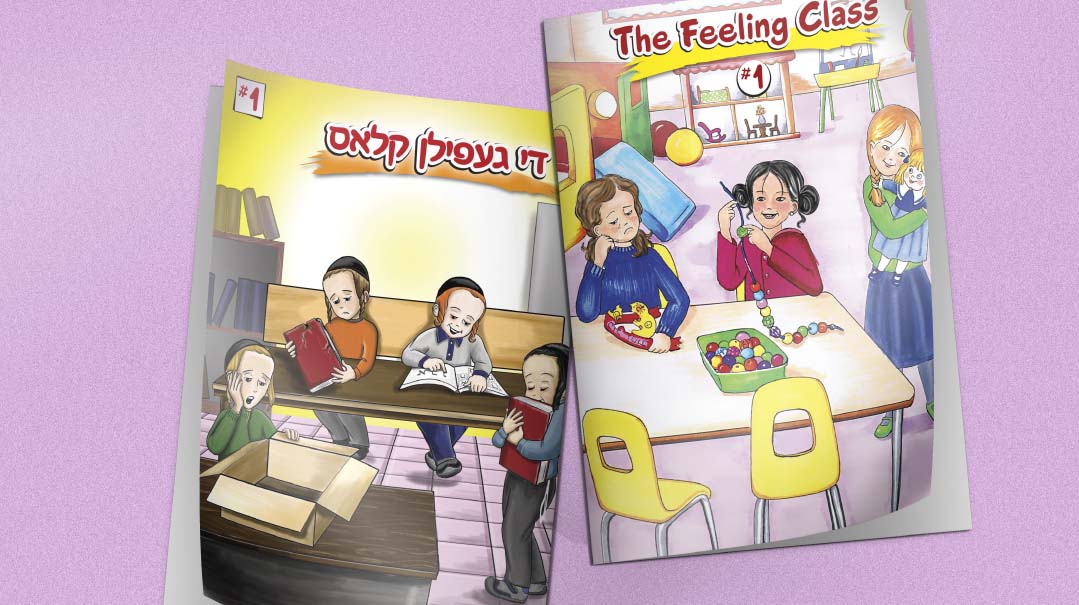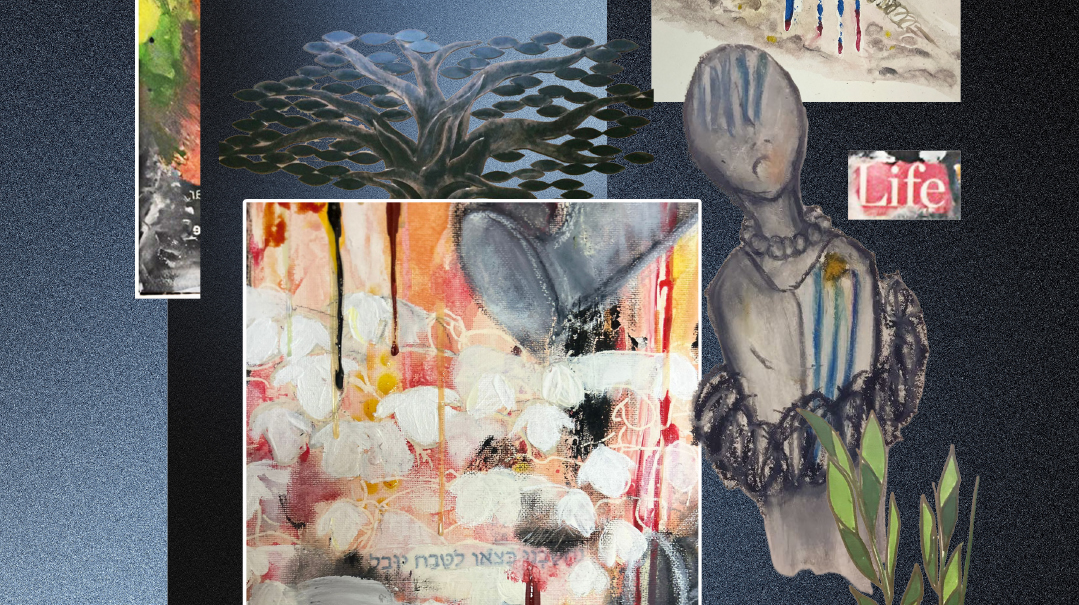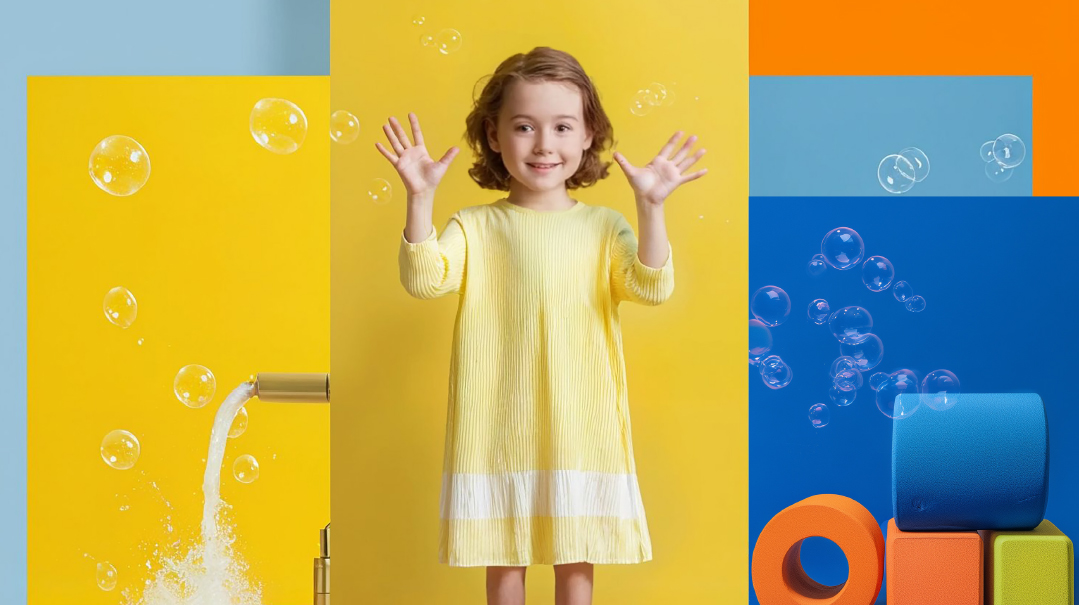Meet Zipora Gordon

Zipora Gordon introduces children to the rich inner world of their emotions

I’m the oldest daughter of a large family from New Square, where I still live. I’ve always been very creative and emotional. My parents were great — they sent me to many courses and extracurricular activities to provide outlets for my passions.
Still, though they always did their best to make me feel valued for who I am, I always felt a little different from my peers. The other girls I knew weren’t so emotional, so full of feelings churning just below the surface. It was always a struggle to fit in.
It wasn’t until years later that I learned to leverage those childhood experiences to teach others how to manage their powerful emotions.
Feelings Don’t Vanish
I spent nine happy years teaching in the local preschool, and I also became the school’s curriculum advisor. After some leadership shifts in the school, I decided to go out on my own. When I left, my teachers were disappointed, but I promised them, “I’ll keep my music playing!”
During those last years at my job, I’d encountered a challenge in my life and worked hard not to feel down as a result. I focused on staying positive, stuffing away the negative thoughts and fears, not allowing myself to really feel them.
Eventually, though, I realized that the painful feelings I’d tried to ignore never really disappeared; the hurt manifested itself in other ways. I realized more and more what a powerful force our emotions are, and how they need to be understood and processed.
After leaving teaching, I immersed myself in research. I accumulated certifications in different areas — play therapy, play support, and social-emotional learning. My Rebbe supported my getting an education, and I got a bachelor’s degree in human development. Then I continued learning informally, since the Rebbe advised that I shouldn’t proceed to a master’s.
Earlier this year, I fell very ill with COVID-19. My daughter got married shortly afterward. By that time, I saw with satisfaction that I’d integrated the lessons of my research well. I was able to focus on all the joy, putting aside negative thoughts and fears, but still revisiting them at appropriate times to process them in a healthy way.
Happiness as a Prerequisite
We all want our children to have a broad, healthy range of emotional expression, so parents and teachers are always on the lookout for methods to nurture that.
People need to be calm and joyful to serve Hashem properly. For many, though, being lectured on the value of mitzvos isn’t enough. A healthy sense of self and an understanding of emotions is a prerequisite to connecting to Torah and processing the world in a way that engenders true happiness. If people don’t learn to manage their emotions in a healthy way, it can lead to unhappiness and interpersonal friction, and in extreme cases, even mental illness.
When people snap, outsiders sometimes mistakenly attribute their unhappiness to their Torah way of life, rather than the true culprit, a poorly developed social-emotional self.
Understanding this, I began to develop workbooks on the topic. For over a decade now, I’ve been perfecting methods that blend emotional expression and regulation with Torah concepts.
I started with one-on-one sessions, teaching children how to accept, express, and handle emotions appropriately. My client base grew, and I began working in Yiddish-speaking schools to train teachers in cultivating social and emotional skills, as well as teaching kids to be in touch with their emotions.
Pretty soon, parents began requesting both group and individual sessions. I developed a program called Ruach Haneshamah, which introduces children to their inner world, teaching them the joys — and pitfalls — of their varied emotions, and how to master them.
My company, Nishmasi, includes a publishing division, Prime Publishers, which produces my educational materials for schools and homes. We have workbooks covering a whole range of normal childhood emotions, with both boy and girl versions, chassidish and litvish. We have posters, audio-visual material, curriculum guides, and creative activities, including music, jumping and skipping games, and arts and crafts. All of our materials are reviewed by social workers and rabbanim.
Knowing What You Feel
Learning that emotions are safe to feel, and knowing how to handle them, change the tone of a classroom or home. Little kids who are fighting now go over to one of my posters and say, “Shaindy looks like Huvy Hurt! I’m sorry!” They learn how to open up and share situations that are bothering them and feel empowered to move forward and find solutions.
One child, who was dealing with a complex medical situation at home, fled a confrontation with a sibling in tears. Sometime later, he emerged from his room, at peace. He showed his mother the feeling strip he’d filled out. The strip is a tool we use that has comic-book style panels to help a child map the process from feeling pain, to recognizing his emotion, to achieving calm.
In my therapeutic playroom, active little boys learn to channel their energy and maintain focus and calm. Shy kids gain the confidence to speak up, calling their grandparents independently for the first time. A child with nightmares learns to soothe her fears.
I want to emphasize that my work doesn’t replace therapy — it doesn’t fix the diagnosable issues that therapy can address. However, it provides a baseline of emotional safety and stability that can benefit every single child.
My whole family is involved in my work. It’s benefited us directly — from the daughter who was struggling socially who has now learned to stand proudly and confidently, to my boys who get involved in setting up, packaging, and preparing materials. Even my toddler asks me if he can have a private play session.
Starting Early
Unpacking the layers of a teen’s hang-ups and complex feelings can be a complicated business. But when we start teaching the language of emotional self-expression at a young age, showing kids how to be in tune with who they are and how they perceive the world, they grow up with more acceptance of who they are, more sure of themselves and their place in the world.
Happiness isn’t a gift that some people were blessed with and others weren’t. It’s a process, and anyone can learn it at any time.
My weak spot:
I used to think my emotions were my weakness — now I know they’re an asset. My actual weakness is a powerful need to excel. It’s not perfectionism; it’s a wistful “I wish I could accomplish that,” when I see how much people are capable of.
What I love:
Music! I don’t play, but I do compose. Listening to music and writing songs for my program help me relax. I also love to read. A favorite topic is Miriam Adahan’s work on personality (I’m a Four — self-aware, emotionally honest, creative). Purim is an especially important outlet for me. My kids each choose their own theme, and I write them personalized poems and help them customize their mishloach manos.
By the numbers:
We’ve sold over 23,000 books and worked with over 10,500 students in more than 500 classrooms. My goal is for Nishmasi to teach half a million children to express their emotions properly over the next ten years.
In a nutshell:
My single most important piece of advice to all parents is my acronym LIVES: Listen, Identify the emotion, Validate, Empathize, and teach them to Self-soothe.

(Originally featured in Family First, Issue 762)
Oops! We could not locate your form.







